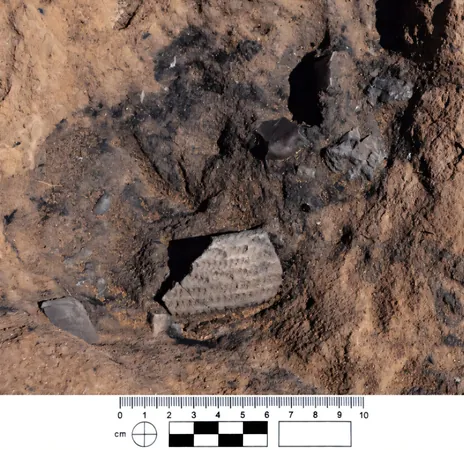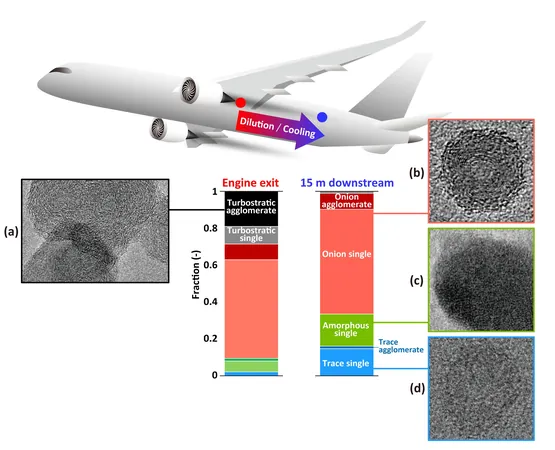
Ancient Pottery Discovery in Mongolia Pushes Back Timeline by 2,000 Years!
2025-04-23
Author: Yu
Mongolia's Archaeological Breakthrough
A groundbreaking study led by Dr. Przemysław Bobrowski and his research team has unveiled astonishing new radiocarbon dates, revealing that pottery found in Mongolia is far older than previously believed. This research was published in the journal Radiocarbon and uncovers a rich history of human activity in the Tsakhiurtyn Hundi region.
Unveiling Tsakhiurtyn Hundi's Secrets
Located about 700 kilometers south of Ulaanbaatar, Tsakhiurtyn Hundi is a treasure trove of prehistoric sites, largely discovered by a joint Mongolian-Russian-American expedition in the early 21st century. This area is famous for its extensive flint outcrops and artifacts dating back to the Pleistocene.
A Deep Dive into Prehistoric Life
Dr. Bobrowski explains, "Despite the presence of numerous Stone Age remnants, archaeological exploration has been limited. Our project aims to paint a clearer picture of long-term human settlement in Tsakhiurtyn Hundi, focusing on environmental reconstruction and economic practices over several hundred thousand years."
New Geological Surveys Uncover Rich History
Recent surveys have identified a network of ancient lakes that played host to early communities. Notably, Baruun Khuree (Lake V) emerged as a focal point of discovery, revealing critical artifacts such as lithics, ostrich eggshell beads, and surprisingly, pottery.
Dramatic Shift in Pottery Timeline
Previously, pottery was believed to have arrived in Mongolia around 9,600 cal BP. However, findings at Baruun Khuree indicate that this pottery is nearly 2,000 years older than once thought, marking it as possibly the earliest evidence of ceramic production in the region.
A Unique Style of Ceramics
The newly unearthed pottery possesses distinct characteristics, featuring a gray to dark gray or reddish hue with a thickness not exceeding 7-8mm, setting it apart from other known Mongolian ceramics.
Connecting Ancient Cultures
Dr. Bobrowski emphasizes the significance of these findings: "This research suggests that the earliest knowledge of pottery-making reached the Gobi Altai region almost 2,000 years earlier than previously documented, aligning with early pottery discoveries in northern China. We are committed to further analysis and will publish our findings on these extraordinary artifacts soon."
What Lies Ahead?
With additional research underway, this revelation not only redefines Mongolia's archaeological timeline but also enriches our understanding of prehistoric human cultures in Central Asia. Stay tuned for more insights from this unfolding story!



 Brasil (PT)
Brasil (PT)
 Canada (EN)
Canada (EN)
 Chile (ES)
Chile (ES)
 Česko (CS)
Česko (CS)
 대한민국 (KO)
대한민국 (KO)
 España (ES)
España (ES)
 France (FR)
France (FR)
 Hong Kong (EN)
Hong Kong (EN)
 Italia (IT)
Italia (IT)
 日本 (JA)
日本 (JA)
 Magyarország (HU)
Magyarország (HU)
 Norge (NO)
Norge (NO)
 Polska (PL)
Polska (PL)
 Schweiz (DE)
Schweiz (DE)
 Singapore (EN)
Singapore (EN)
 Sverige (SV)
Sverige (SV)
 Suomi (FI)
Suomi (FI)
 Türkiye (TR)
Türkiye (TR)
 الإمارات العربية المتحدة (AR)
الإمارات العربية المتحدة (AR)